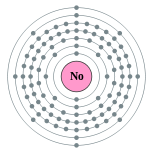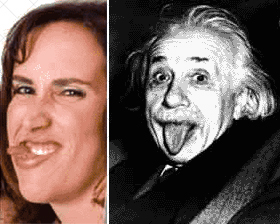Copernicium
Janet Kuypers

from the “ Periodic Table of Poetry” series (#112, Cn)
It was my love of you
and what you believed in
that made me try to get you.
With your Renaissance ways,
you taught me that I’m not
the center of the Universe,
but I’ve learned since then
to go beyond the sun, because
there is too much out there
to see.
As a scientist, I know you
changed our views of the world.
So science must create you, again.
I know that mathematics
can explain the Universe,
but you were more than a
mathematician, you were
a physician, a translator,
an economist, an astronomer,
an artist.
I know you were a founder
in your time, and the half-life
of what we create may be small…
but I would have to throw
any metal I could into any
isotope I could, like zinc to lead,
just to see if you would
come out for us again. Let us
find you, let us experiment
with you.
Let us accelerate these processes,
cause just the right reactions
to synthesize you and your genius.
I don’t care how we get you,
whether what we do is cold or hot,
when we fuse to create you,
and through all of our work
you may only come to us
after the decay of others
around you.
We’ve learned that only now,
now that we have you, we can
try to work with any part of you,
no matter how unstable
you say you now are. I don’t care.
You’re the last member
transitioning in this series — so now
I can only reflect on your relativity
to planets, like Mercury, as well as
your nobility.
I miss what you’ve done
for how we think in this world.
I miss clear scientific minds.
I only hope that what we’ve done
in your honor does you justice.
Even though we’ve only created you,
I want you to remember
that it is because we wanted
to learn, too, and we wanted you
to guide the way.



